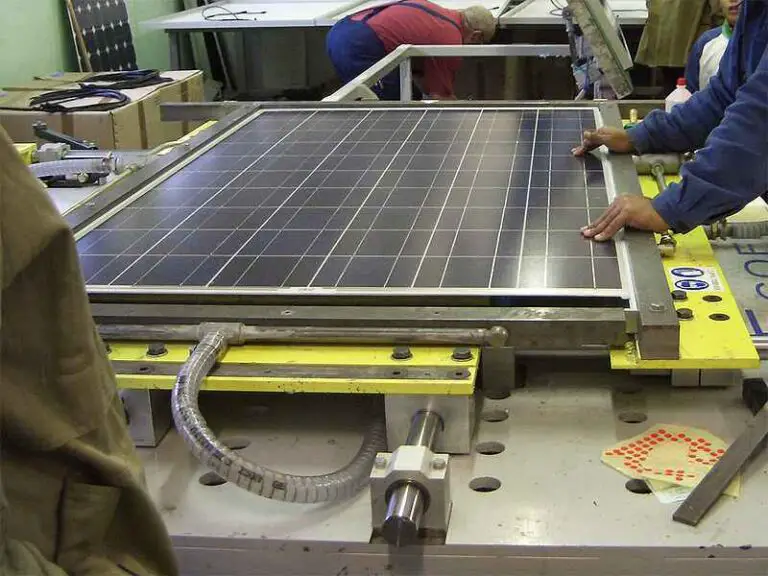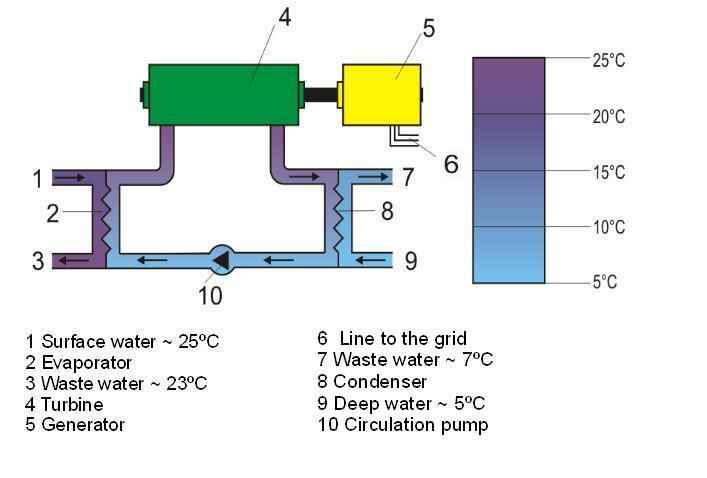5 Examples of Artificial Intelligence Utilization Explained
Examples of artificial intelligence utilization are; smart grid management algorithm, automated manufacturing, biometric detection and recognition, language processing, and artificial navigation.
This article discusses the examples of artificial intelligence utilization, as follows;
1). Smart Grid Management Algorithm (as one of the Examples of Artificial Intelligence Utilization)
AI is used in smart grid management to collect real-time data from electricity consumers, suppliers and energy management infrastructure, which can then be used to optimize delivery and minimize the rate of energy waste.
Analyses of artificial intelligence processes in smart grid networks, have shown that the integration of AI with systems in charge of electricity generation and distribution, is capable of causing significant boosts in energy efficiency [2] [7].
When its used with smart grids, AI implements the functionalities of neural network technology and machine learning, to observe trends in the generation consumption of power, and to effectively link smart devices that allow for two-way communication between supply and demand streams.
This means that the role of artificial intelligence in smart grid management is closely related to Internet of Things functionalities, with which a state of equilibrium is established between demand and supply.
Asides its use in energy conservation, AI can also be used to rapidly diagnose faults in the components of smart grid networks, and to provide information for addressing such faults.
Artificial intelligence systems in smart grid management can be distinguished into two main categories, which are virtual and physical; where virtual AI is mainly concerned with optimization at the algorithmic/software level, and physical AI is concerned with system performance and automation [9].
2). Automated Manufacturing
The future of AI in manufacturing will see all monotonous and physically daunting tasks in the manufacturing sector, being handled by a combination of deep learning and robotic technologies.
Such a combination will lead to automation of many tasks, and increase in resource efficiency, both of which are essential objectives for sustainable manufacturing [6].
An example of artificial intelligence in manufacturing is the use of robotic arms for component-handling, in automobile assembly plants. Such robotic systems are usually controlled by one or more centralized AI algorithms that work using repetitive cycles of data collection, processing, and command execution.
The principle of automated manufacturing with artificial intelligence is very similar to that which is used in other aspects of the economy, such as transport, where many new vehicle models (especially electric vehicles) are equipped with self-driving functionality.
3). Biometric Detection and Recognition (as one of the Examples of Artificial Intelligence Utilization)
AI can be used in security authorization by its data-collection and pattern-matching functionalities; which can actively collect and compile data from various users over time, thereby generating ML datasets that can be referred to when there is need to verify an identity based on past activity patterns and stored data.
The use of AI in security authorization in human-based settings is particularly facilitated by biometric data like fingerprints because this data is highly specific to individual users [8].
AI is used in biometrics verification by integrating smart sensors with algorithmic systems in order to collect details like facial structure, iris, fingerprints, and voice data that is stored and used to match incoming data requests and validate an access enquiry.
What this means is that biometric recognition AI applications use IoT technology to integrate the data collected by sensory devices and establish effective and fast communication between the algorithm and the sensors in real time [3].
AI-powered biometric detection and recognition can serve various crucial purposes, including cyber security management and crime detection [1].

4). Language Processing
Language processing in AI is the use of human speech and text datasets to train algorithmic systems to both understand and simulate human communication and language patterns. It is alternatively referred to as Natural Language Processing (NLP).
An example of NLP in AI is chat bot software, which is based on natural language models designed to learn from both pre-stored and real-time linguistic data, and to use this learning to mimic human communication in a realistic manner.
Aside chat bots, language processing with AI is used in text editors, digital assistants and social media analyzers.
5). Artificial Navigation (as one of the Examples of Artificial Intelligence Utilization)
Navigation in artificial intelligence is the use of algorithms to automate and/or optimize the operations of locomotive systems based on geospatial data collection, processing, real-time decision-making [4].
AI is used in navigation and travel by designing neural network models that are capable of reading, processing and juxtaposing maps, and integrating such models into software systems in smart devices and automobiles.
Examples of AI navigation include GPS-driven applications used in locomotive robots and vehicles. Artificial intelligence navigation is also applicable in the field of space exploration, to automate or optimize the travel of spacecrafts using datasets from space orbital imagery and measurements [5].

Conclusion
Examples of artificial intelligence utilization are;
1. Smart Grid Management Algorithm
2. Automated Manufacturing
3. Biometric Detection and Recognition
4. Language Processing
5. Artificial Navigation
References
1). Abdullahi, S. B.; Khunpanuk, C.; Bature, Z. A.; Chiroma, H.; Pakkaranang, N.; Abubakar, A. B.; Ibrahim, A. H. (2022). "Biometric Information Recognition Using Artificial Intelligence Algorithms: A Performance Comparison." IEEE Access 10:49167-49183. Available at: https://doi.org/10.1109/ACCESS.2022.3171850. (Accessed 9 February 2023).
2). Bassiliades, N.; Chalkiadakis, G. (2018). "Artificial Intelligence Techniques for the Smart Grid." Advances in Building Energy Research 12(1):1-2. Available at: https://doi.org/10.1080/17512549.2017.1410362. (Accessed 9 February 2023).
3). Chinnamuthu, A.; Nelson, I.; Kathamuthu, N. D.; Manikandan, R.; Zaman, N.; Masud, M.; Sheikh, A. (2022). "Biometric Authentication-Based Intrusion Detection Using Artificial Intelligence Internet of Things in Smart City." Energies 15(19). Available at: https://doi.org/10.3390/en15197430. (Accessed 9 February 2023).
4). Duffany, J. L. (2010). "Artificial intelligence in GPS navigation systems," 2010 2nd International Conference on Software Technology and Engineering, San Juan, PR, USA, 2010, pp. V1-382-V1-387, Available at: https://doi.org/10.1109/ICSTE.2010.5608862. (Accessed 9 February 2023).
5). Habib, T. M. A. (2022). "Artificial intelligence for spacecraft guidance, navigation, and control: a state-of-the-art." AS 5, 503–521 (2022). Available at: https://doi.org/10.1007/s42401-022-00152-y. (Accessed 9 February 2023).
6). Jamwal, A.; Agrawal, R.; Sharna, M.; Giallanza, A. (2021). "Industry 4.0 Technologies for Manufacturing Sustainability: A Systematic Review and Future Research Directions." Applied Sciences 11(12):5725. Available at: https://doi.org/10.3390/app11125725. (Accessed 9 February 2023).
7). Jiao, J. (2020). "Application and prospect of artificial intelligence in smart grid." IOP Conference Series Earth and Environmental Science 510(2):022012. Available at: https://doi.org/10.1088/1755-1315/510/2/022012. (Accessed 9 February 2023).
8). Nur-A, A.; Mominul, A.; Abdul, B.; Julfikar, H.; Marcin, K. (2021). "An Intelligent System for Automatic Fingerprint Identification using Feature Fusion by Gabor Filter and Deep Learning." Computers and Electrical Engineering, 95. ISSN 0045-7906. Available at: https://doi.org/10.1016/j.compeleceng.2021.107387. (Accessed 9 February 2023).
9). Omitaomu, O. A.; Niu, H. (2021). "Artificial Intelligence Techniques in Smart Grid: A Survey." Smart Cities 2021, 4, 548-568. Available at: https://doi.org/10.3390/smartcities4020029. (Accessed 9 February 2023).

